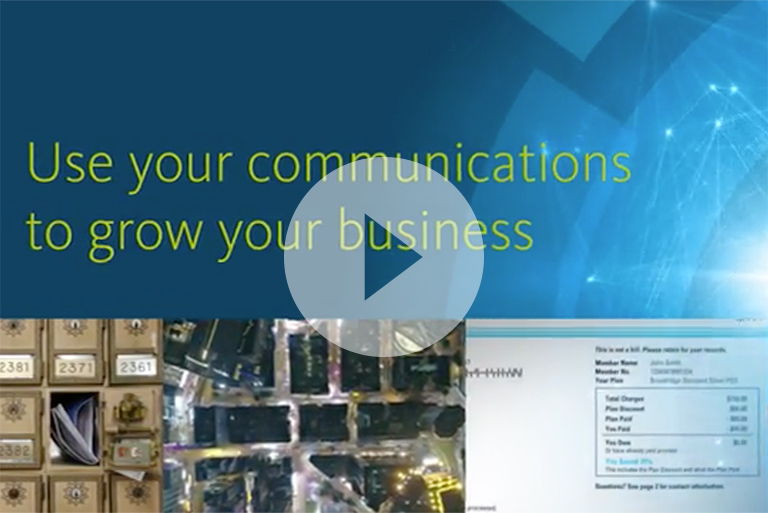Episode 21: “Redesigning the Communications Experience” with Bryan Wachs, Senior Director of Usability and Design at Broadridge
Grab the attention of customers; make it intuitive; retain brand integrity; meet regulatory requirements… a communication designer’s checklist runs long these days. Bryan Wachs draws upon his prior design experience at leading financial firms to now help Broadridge clients transform their communications. Bryan sits down with Matt Swain to share the impacts of design and technology in this Reimagining Communications episode.
Transforming Communications: “I'm reimagining customer communications in my design role at Broadridge, everything from proxy campaigns to interactive statements, and even preference management systems. For example, I've been doing a lot of work on proxy campaigns for corporate issuers or mutual funds. Basically, clients are trying to get increased voting response rates; they want to meet quorum quicker with fewer touchpoints. So we use SMS messaging, highly-branded email campaigns and microsites in order to achieve those results, and they've been pretty successful.”
Discovering Real Needs: “I'm finding that clients start by saying what they need and it takes getting to the problem they are trying to solve to get to the real need. You know, sometimes they're right and sometimes they haven't even spoken to their users. I think most projects need to start out with a workshop to help figure out what problem needs to be solved. When you look at what you achieve after the workshop as opposed to what the client asked for originally, it's not always the same thing. Design is a delicate balance because not only is it the client and their customers, but a lot of times, it's also regulatory. Recently, we were working on a statement redesign, and we came up with this really cool concept. Then we realized we had to put in all these disclaimers – which the clients don’t necessarily want on the page, but its regulatory requirement. There’s also preconceived notions. I was working with a client that said, ‘I've been doing this the same way for 25 years. Why would I change it now? It works.’ And when I heard that, I figured, ‘Huh, 25 years, that's ripe for disruption,’ you know? That's tough because if they don't disrupt themselves, then someone else can come along and disrupt them.”
Getting AMPed: “Emails haven't changed much for a while; they've basically been just text, links, and images. An exciting, new development is AMP, which stands for accelerated mobile pages. It was created to just make a faster web page, but they've extended that now to emails as well. What that means is that you can create rich and engaging emails; things that you could only do in the browser, you can now do an email. For instance, I'm working on a campaign now that has a message to shareholders from the CEO and it's a video. Traditionally, what we'd have to do is take a screenshot of the video and fake a little play button and then launch a microsite with an embedded YouTube player. With AMP, you can actually put the video in the email and users can watch the video right there within the email. That creates a much more frictionless experience than having to send them away from the site because you're going to lose them. It gives you a lot more possibilities.”
Texting Goes to the Next Level: “There’s a lot being done in the area of text messaging by both Google and Apple. Apple has their business chat. It's like next-generation SMS and a lot of companies are using it. They can fully brand text messages with their colors, their logos, verified indicators so you know you're actually talking with that company. Google has something similar called Google RCS, which is their rich communication services. I think that's where things are headed. Even Apple service, they have integrated Apple Pay so you can purchase things right from within iMessages.”
What’s on the Design Menu: “From a design perspective, what ends up happening is that you're always rushing to launch. So from a features and functionality perspective, we're getting there. The problem is that the attention to detail a lot of times suffers. The question becomes ‘Isn't it better to have the functionality than not to have the functionality at all?’ I had to think about it and my response was, ‘Is it better to open up a restaurant with crappy food or wait until you get it right so people come back to your restaurant?’ Obviously, it's better to have the functionality because users can actually use it. There's a balance there.”
Never miss an episode: Click the icon to subscribe to the Reimagining Communications podcast on the channel of your choice.












